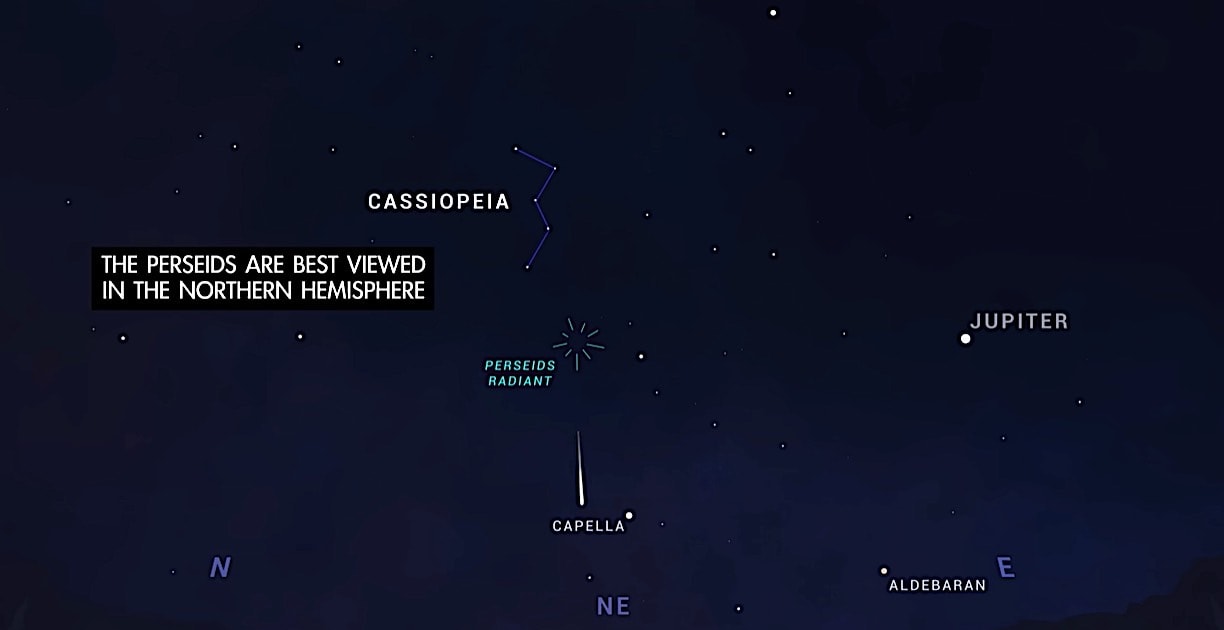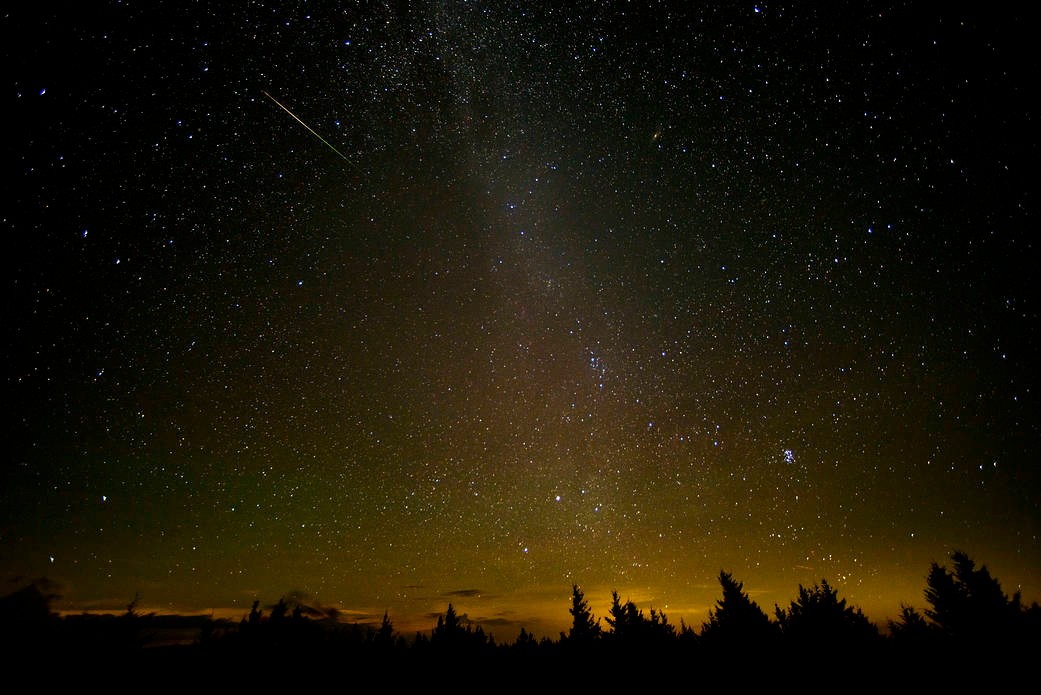As July draws to a close, Earth’s annual celestial spectacle is about to begin. The Perseid meteor shower, peaking on the night of August 11, will illuminate our skies with the fiery trails of countless tiny space particles.
These meteors, originating from the debris of Comet Swift-Tuttle, create a dazzling display as they burn up in our atmosphere. Although posing no threat, the Perseids offer a breathtaking show, a reminder of our planet’s journey through the cosmos and the vastness of the universe.

While we currently enjoy only a few meteors per hour, the Perseids promise a dazzling spectacle at their peak, with hundreds streaking across the night sky. Unfortunately, their faint nature requires extra effort to spot them.
As with stargazing, a dark, pollution-free location is essential, likely necessitating a journey outside the city. However, this year’s Perseid experience will be partially hindered by a 53% waxing Moon, whose brightness will interfere with visibility for most of the night.
Fortunately, NASA reassures us that the Moon will set just as the peak begins. Although the Perseids typically peak in August, we can anticipate occasional shooting stars until September as Earth gradually clears the Swift-Tuttle debris trail.

